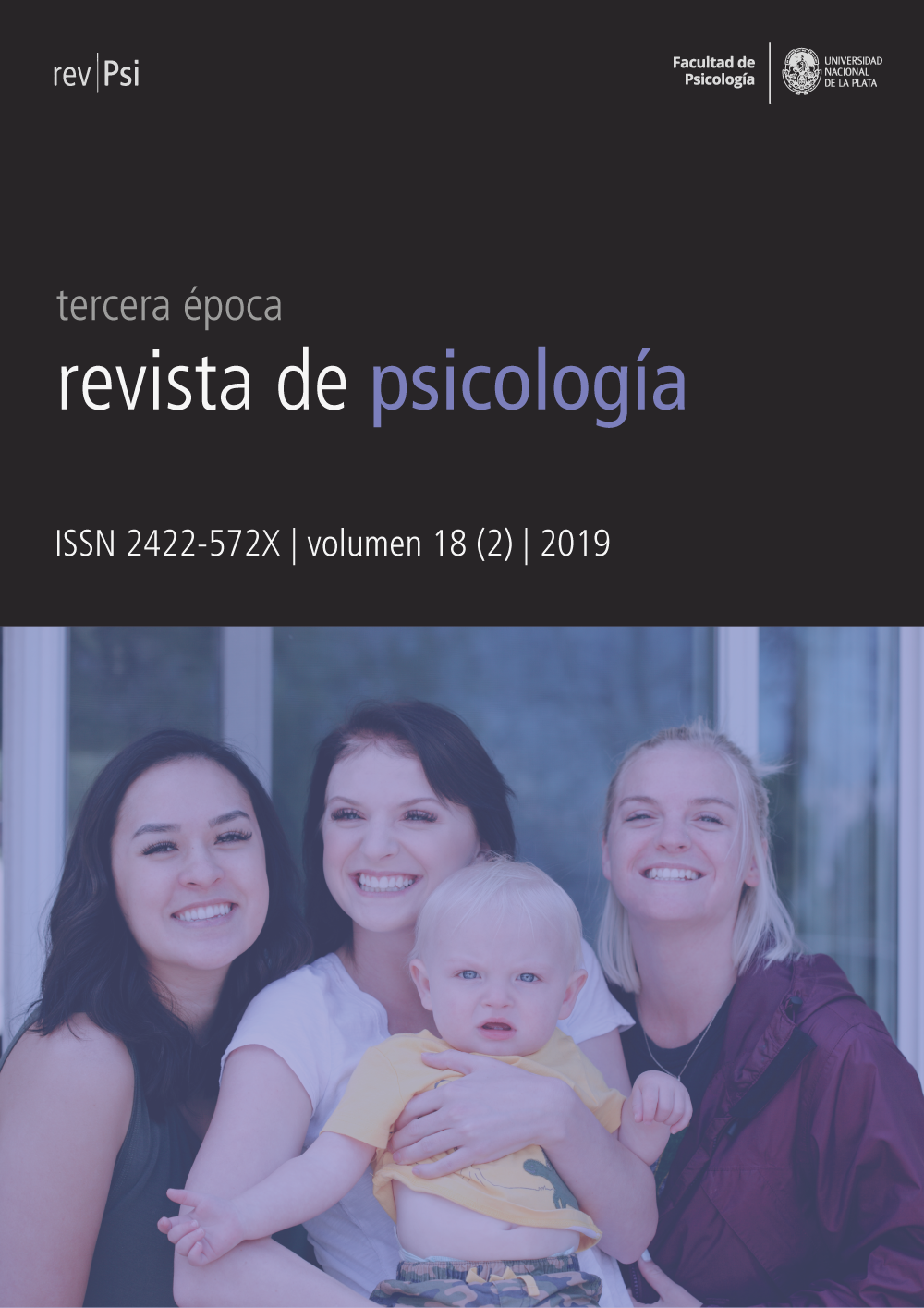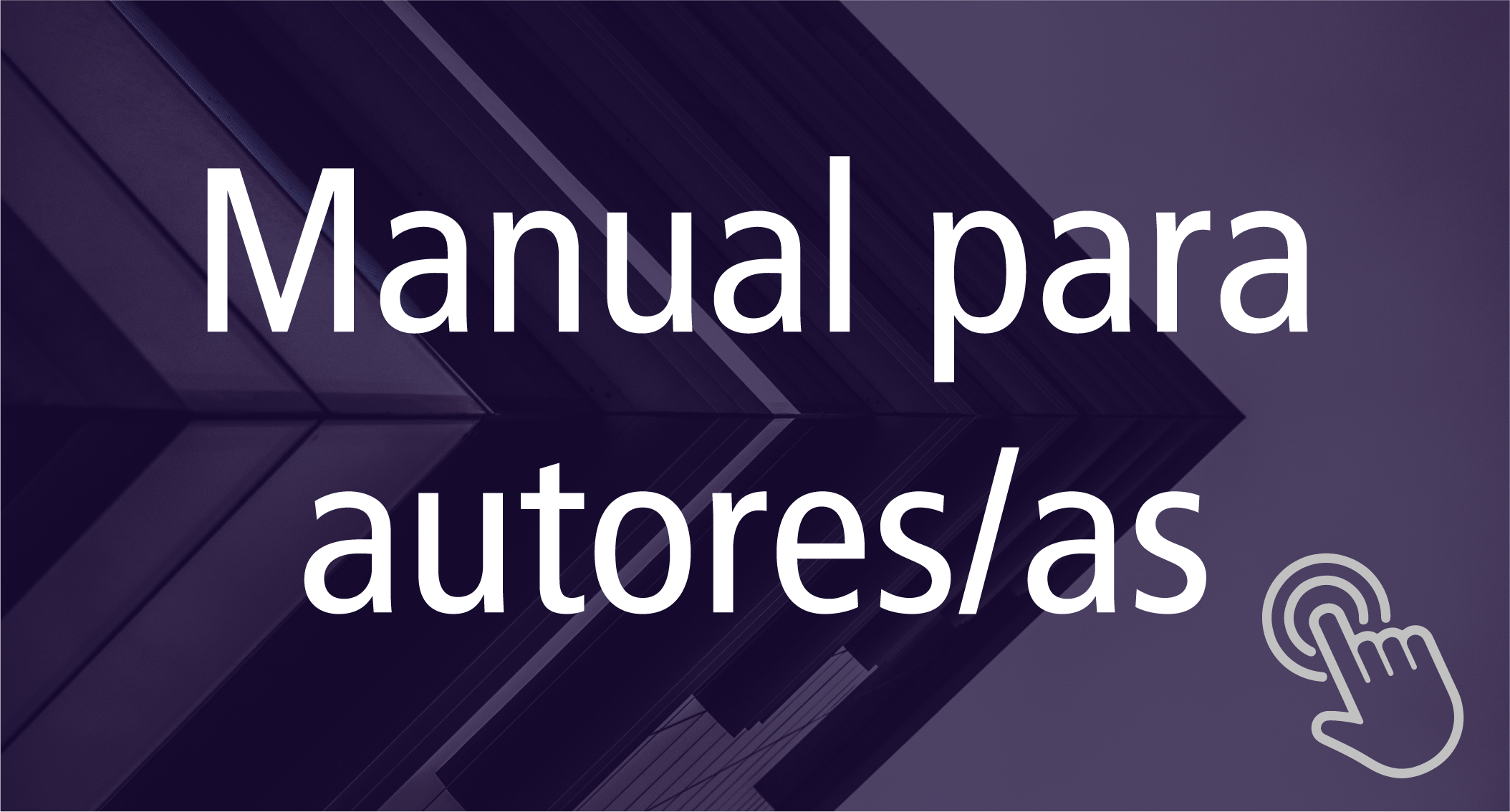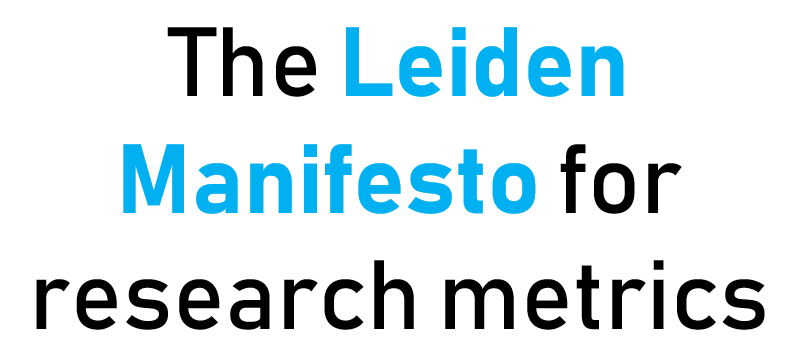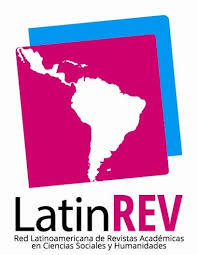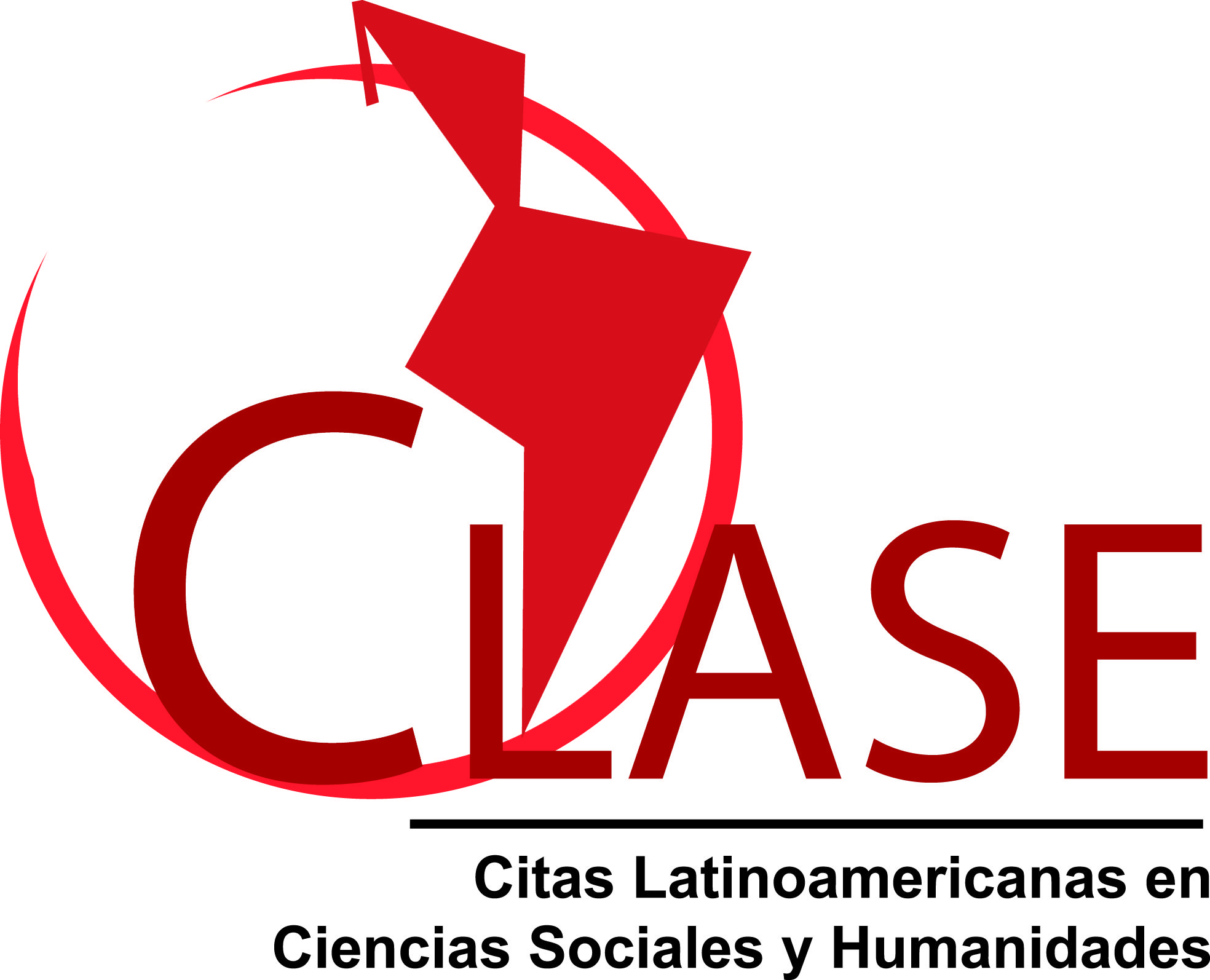Family communication in the era of the void: New pathologies of problematic mobile phone use
DOI:
https://doi.org/10.24215/2422572Xe040Keywords:
mobile phone, family communication, technoference, pathologies of civilisationAbstract
Today there are diverse family structures and dynamics. Communication and affect are key factors on emotional and behavioural regulation in order to develop a healthy personality. The technological revolution has had an undeniable influence on communication. Mobile phones have the highest incidence on family dynamics, and even though they offer many advantages, they are also most commonly associated with maladaptive use. Family relationships are mediated by the use of mobile phones. A higher level of technoference is associated with a higher level of intrafamily conflict, which has a strong impact on socio-psycho-physical health, leading to pathologies such as: addiction, nomophobia, phantom vibration syndrome, FoMo, and phubbing. Current pathologies of civilisation are characterised by a sense of hyper-expression and over-excitement which eventually become pathologies of the void. It is concluded that encouraging healthy mobile phone use habits would improve communication and prevent technological interference from damaging the quality of life.
Downloads
Metrics
References
Abels, M., Vanden Abeele, M. M. P., Van Telgen, T. y Van Meijl, H. (2018). Nod, nod, ignore: An exploratory observational study on the relation between parental mobile media use and parental responsiveness towards young children. En E. M. Luef y M. M. Marin (Eds.), The talking species: Perspectives on the evolutionary, neuronal, and cultural foundations of language (pp. 195-228). Graz: Uni-Press Verlag.
Alpízar Jiménez, L. (2015). Entorno familiar: Factor de riesgo o protección para el desarrollo de conductas adictivas en los hijos. Drugs and Addictive Behavior, 1(1), 101-102. https://doi.org/10.21501/24631779.1760
Alt, D. y Boniel-Nissim, M. (2018). Parent–Adolescent Communication and Problematic Internet Use: The mediating role of Fear of Missing Out (FoMO). Journal of Family Issues, 39(13), 3391-3409. https://doi.org/10.1177/0192513X18783493
Bragazzi, N. y Del Puente, G. (2014). A proposal for including nomophobia in the new DSM-V. Psychology Research and Behavior Management, 16(7), 155-160. https://doi.org/10.2147/PRBM.S41386
Carrasco Rivas, F., Droguett Vocar, R., Huaiquil Cantergiani, D., Navarrete Turrieta, A., Quiroz Silva, M. J. y Binimelis Espinoza, H. A. (2017). El uso de dispositivos móviles por niños: Entre el consumo y el cuidado familiar. CUHSO · Cultura - Hombre - Sociedad, 27(1), 108-137. https://doi.org/10.7770/cuhso-V27N1-art1191
Chotpitayasunondh, V. y Douglas, K. M. (2016). How “phubbing” becomes the norm: The antecedents and consequences of snubbing via smartphone. Computers in Human Behavior, 63, 9-18. https://doi.org/10.1016/j.chb.2016.05.018
Chotpitayasunondh, V. y Douglas, K. M. (2018). The effects of “phubbing” on social interaction. Journal of Applied Social Psychology, 48(6), 304-316. https://doi.org/10.1111/jasp.12506
Corral Muñoz, M. I. (2014). La adicción al teléfono móvil. A tu salud, 22(85), 3-8.
Cuesta Cambra, U. y Gaspar Herrero, S. (2014). Análisis motivacional del uso del smartphone entre jóvenes: Una investigación cualitativa. Historia y Comunicación Social, 18, 435-447. https://doi.org/10.5209/rev_HICS.2013.v18.44252
De-Sola Gutiérrez, J., Rodríguez de Fonseca, F. y Rubio, G. (2016). Cell-phone addiction: A review. Frontiers in Psychiatry, 7(6), 175. https://doi.org/10.3389/fpsyt.2016.00175
Fundéu BBVA. (2016, agosto). Phubbing puede traducirse como ningufoneo. Recuperado a partir de https://www.fundeu.es/recomendacion/phubbing-puede-traducirse-como-ningufonear
Gil, F., Del Valle, G., Oberst, U. y Chamarro, A. (2015). Nuevas tecnologías. ¿Nuevas patologías? El smartphone y el fear of missing out. Aloma: Revista de Psicologia, Ciències de l’Educació i de l’Esport, 33(2), 77-83.
González-Rivera, J. A., Segura Abreu, L. y Urbistondo-Rodríguez, V. (2018). Phubbing en las relaciones románticas: Uso del celular, satisfacción en la pareja, bienestar psicológico y salud mental. Interacciones. Revista de Avances en Psicología, 4(2), 81-91. https://doi.org/10.24016/2018.v4n2.117
Haigh, A. (2013). Stop phubbing. Recuperado a partir de www.stopphubbing.com
Jiménez, T. I. (2011). Autoestima de riesgo y protección: Una mediación entre el clima familiar y el consumo de sustancias en adolescentes. Psychosocial Intervention, 20(1), 53-61. https://doi.org/10.5093/in2011v20n1a5
Khourochvili, M. (2017). Technology and caregiver-child interaction: The effects of parental mobile device use on infants (Tesis de maestría inédita). York University, Ontario.
Lin, Y.-H., Chang, L.-R., Lee, Y.-H., Tseng, H.-W., Kuo, T. B. J. y Chen, S.-H. (2014). Development and validation of the smartphone addiction inventory (SPAI). PLoS ONE, 9(6), e98312. https://doi.org/10.1371/journal.pone.0098312
Linares, J. L. (2015). Terapia familiar ultramoderna. Barcelona: Herder.
Lipovetsky, G. (2006). La era del vacío. Barcelona: Anagrama.
Losada, A. V. (2015). Familia y psicología. Buenos Aires: Dunken.
Martínez, M., Pérez Frías, W. y Solano, D. (2011). Impacto de los medios masivos de comunicación en la dinámica familiar. Cultura, Educación y Sociedad, 2(1), 111-118.
McDaniel, B. T. y Coyne, S. M. (2016). Technology interference in the parenting of young children: Implications for mothers’ perceptions of coparenting. The Social Science Journal, 53(4), 435-443. https://doi.org/10.1016/j.soscij.2016.04.010
McDaniel, B. T., Galovan, A. M., Cravens, J. D. y Drouin, M. (2018). “Technoference” and implications for mothers’ and fathers’ couple and coparenting relationship quality. Computers in Human Behavior, 80, 303-313. https://doi.org/10.1016/j.chb.2017.11.019
McDaniel, B. T. y Radesky, J. S. (2018). Technoference: Parent distraction with technology and associations with child behavior problems. Child Development, 89(1), 100-109. https://doi.org/10.1111/cdev.12822
Molina-Gómez, A., Roque-Roque, L., Garcés-Garcés, B., Rojas-Mesa, Y., Dulzaides-Iglesias, M. y Selín-Ganen, M. (2015). El proceso de comunicación mediado por las tecnologías de la información. Ventajas y desventajas en diferentes esferas de la vida social. Medisur, 13(4), 481-493.
Musitu Ochoa, G., Suáres Relinque, C., Del Moral Arroyo, G. y Villarreal González, M. E. (2015). El consumo de alcohol en adolescentes: El rol de la comunicación, el funcionamiento familiar, la autoestima y el consumo en la familia y amigos. Búsqueda. Revista Científica Iberoamericana de Ciencias Sociales, 2(14), 45-61.
Pascual Martínez, A., Vega Díaz, C., Vázquez Díaz, C., Castaño García, P., Castaño García, T. y Cernuda Martínez, J. A. (2017). Adicciones a nuevas tecnologías en adolescentes y jóvenes. Metas de Enfermería, 20(5), 57-64.
Polo del Río, M. I., Mendo Lázaro, S., León del Barco, B. y Felipe Castaño, E. (2017). Abuso del móvil en estudiantes universitarios y perfiles de victimización y agresión. Adicciones, 29(4), 245-255. https://doi.org/10.20882/adicciones.837
Przybylski, A. K., Murayama, K., DeHaan, C. R. y Gladwell, V. (2013). Motivational, emotional, and behavioral correlates of fear of missing out. Computers in Human Behavior, 29(4), 1841-1848. https://doi.org/10.1016/j.chb.2013.02.014
RAE. (2018). Diccionario de la lengua española. Edición del tricentenario. Madrid: RAE.
Roberts, J. A. y David, M. E. (2016). My life has become a major distraction from my cell phone: Partner phubbing and relationship satisfaction among romantic partners. Computers in Human Behavior, 54, 134-141. https://doi.org/10.1016/j.chb.2015.07.058
Sáez Rueda, L. (2011). Enfermedades de Occidente. Patologías actuales del vacío desde el nexo entre filosofía y psicopatología. En L. Sáez Rueda, P. Pérez Espigares, y I. Hoyos Sánchez (Eds.), Occidente enfermo. Filosofía y patologías de civilización (pp. 71-92). Munich: GRIN.
Sánchez, G., Aguirre, M., Solano, N. y Viveros, E. (2015). Sobre la dinámica familiar. Revisión documental. Cultura, Educación y Sociedad, 6(2), 117-138.
Sánchez-Meca, J. y Botella, J. (2010). Revisiones sistemáticas y meta-análisis: Herramientas para la práctica profesional. Papeles del Psicólogo, 31(1), 7-17.
Sharaievska, I. (2017). Updating the Family Operating System: A literature review of information communication technology and family leisure. Leisure Sciences, 39(5), 400-414. https://doi.org/10.1080/01490400.2017.1333058
Simó Sanz, C., Martinez Sabater, A., Ballestar Tarín, M. y Domínguez Romero, A. (2017). Instrumentos de evaluación del uso problemático del teléfono móvil/smartphone. Health and Addictions, 17(1), 5-14. https://doi.org/10.21134/haaj.v17i1.265
UNESCO. (2014). Indicadores UNESCO de cultura para el desarrollo. Manual metodológico. París: UNESCO.
Villa Moral de la, M. y Suárez, C. (2016). Factores de riesgo en el uso problemático de Internet y del teléfono móvil en adolescentes españoles. Revista Iberoamericana de Psicología y Salud, 7(2), 69-78. https://doi.org/10.1016/j.rips.2016.03.001
Vizer, E. y Carvalho, H. (2014). La caja de pandora: Tendencias y paradojas de las TIC. Razón y Palabra, 18(86).
Downloads
Published
How to Cite
Issue
Section
License
![]()
Authors who publish in this journal accept the following conditions:
- Authors retain the copyright and assign the right of first publication to the journal, with the work registered under a Creative Commons attribution license (CC-BY), which allows third parties to use what is published whenever they mention the authorship of the work and the first publication in this magazine.
- Authors can make other independent and additional contractual agreements for the non-exclusive distribution of the article published in this journal (e.g., include it in an institutional repository or publish it in a book) as long as they clearly indicate that the work was published for the first time in this magazine.
- Authors are allowed and encouraged to publish their work on the Internet (e.g., on institutional or personal webpages) before and during the review and publication process, as it can lead to productive exchanges and greater and faster dissemination of published work (see The Effect of Open Access ).

